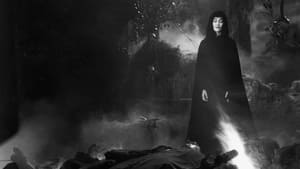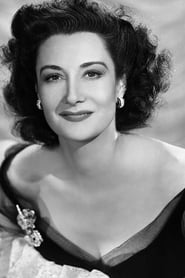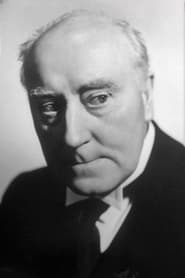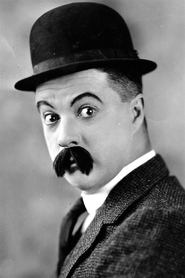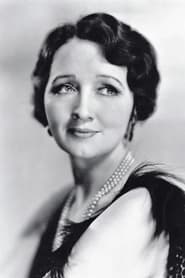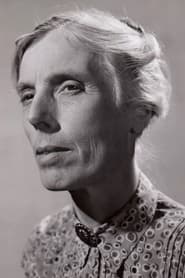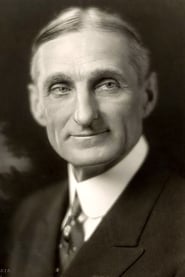Cast
View AllGloria Holden
as Countess Marya Zaleska
Otto Kruger
as Dr. Jeffrey Garth
Marguerite Churchill
as Janet
Irving Pichel
as Sandor
Gilbert Emery
as Sir Basil Humphrey
Edward Van Sloan
as Prof. Van Helsing
Nan Grey
as Lili
Halliwell Hobbes
as Police Sgt. Hawkins
Billy Bevan
as Police Constable Albert
E. E. Clive
as Detective Sergeant Wilkes
Hedda Hopper
as Lady Esme Hammond
Claud Allister
as Sir Aubrey
Eily Malyon
as Miss Peabody
Edgar Norton
as Hobbs
Vernon Steele
as Detective Orderly Squires
Crew
Director
- Lambert Hillyer
Producer
- E.M. Asher
Reviews
John Chard
Possibly there are more things in heaven and Earth than are dreamed of in your psychiatry, Mr. Garth.
Five years after Universal launched a Bela Lugosi inspired Dracula upon the film loving world, the sequel arrived - only not with Lugosi's Count Dracula in it. Pic picks up at the end of the 31 film and finds Von Helsing (yes Von, not Van) under arrest for the slaying of the toothy vampire. Enter Contessa Marya Zeleska, who sets in motion the wheels of vampiric legends and torrid passions about to be exposed.
There's an ethereal low-key mood to Dracula's Daughter, exuding the sort of atmosphere that Val Lewton would hone and trademark within six years. It's a beautifully photographed movie (George Robinson), while there's some neat touches in the screenplay - such as lesbian overtones and the fact our vampire lady is very sympathetic due to her searching for a cure to her ills. However. The play is over talky and very bloodless, it's like the makers forgot to actually put some horror aspects into the piece. There's also an odd blend of humour and drama which never sits right, while the ending is abrupt and disappointing.
It's a nice film, a nice production, but nice is a word that really shouldn't be on your lips given the history of the source materials. 6/10
Oct 22, 2015
Thematic Analysis
This Drama/Fantasy/Horror film explores themes of fear and survival, delving into the psychological aspects of human nature when confronted with the unknown. Dracula's Daughter presents a unique perspective on the horror genre by focusing on the psychological terror rather than relying on typical jump scares.
Director Lambert Hillyer brings their distinctive visual style to this film, continuing their exploration of themes seen in their previous works while adding new elements. Their approach to character development and emotional depth creates a viewing experience that rewards close attention.
Released in 1936, the film exists within a cultural context that now offers viewers historical perspective on the social issues of that era. Its reception demonstrates the diverse reactions to its artistic choices and its place in cinema history.
Did You Know?
- The production of Dracula's Daughter took approximately 30 months from pre-production to final cut.
- With a budget of $0.3 million, the film represented a significant investment in bringing this story to the screen.
- The final cut of the film runs for 68 minutes, though the director's initial assembly was reportedly 109 minutes long.
- The director insisted on using practical effects whenever possible, reserving CGI for only the most necessary scenes.
- Several scenes were filmed in multiple locations to capture the perfect setting.
- Some visual effects sequences took up to 3 months to complete.
Historical Context
- In 1936, when this film was released:
- The civil rights movement was gaining momentum in the United States.
- Rock and roll music was revolutionizing popular culture.
- The film industry was dominated by major studios, with independent cinema still in its early development.
How This Film Stands Out
While Dracula's Daughter shares thematic elements with other films in its genre, it distinguishes itself through its unique approach to storytelling, visual style, and character development.
Unlike How Old Are You, which takes a more conventional approach to its subject matter, Dracula's Daughter subverts genre expectations by exploring its themes with greater nuance.
While films like The Border and Cry of the Banshee explore similar territory, Dracula's Daughter stands apart through its distinctive directorial vision and pacing.
This film's unique contribution to cinema lies in its thoughtful balance of entertainment value and thematic depth, making it a valuable addition to its genre.
Details
- Release Date: May 11, 1936
- Runtime: 1h 8m
- Budget: $278,380
